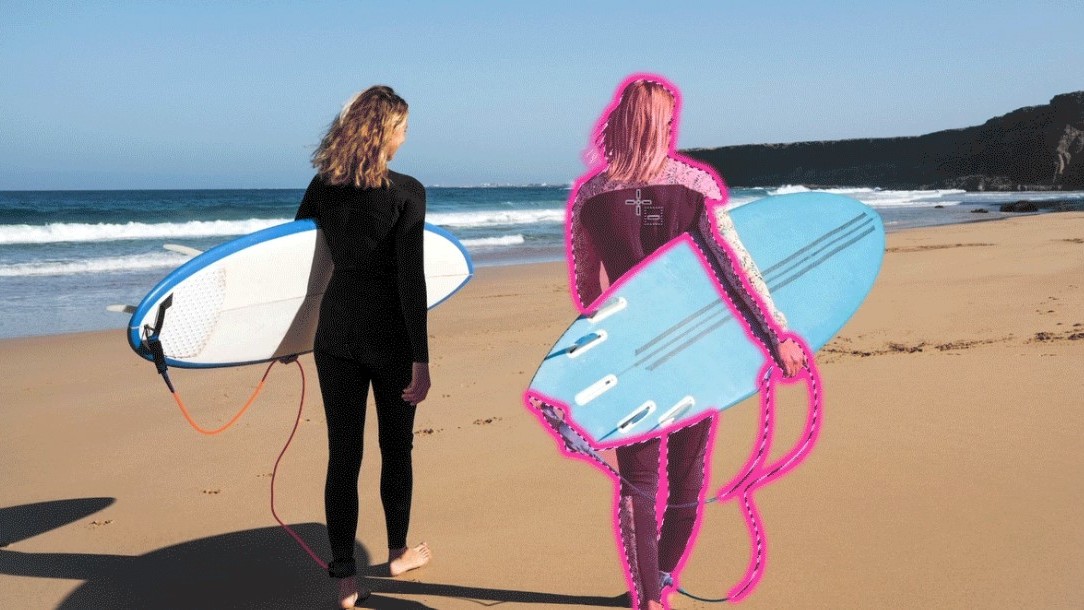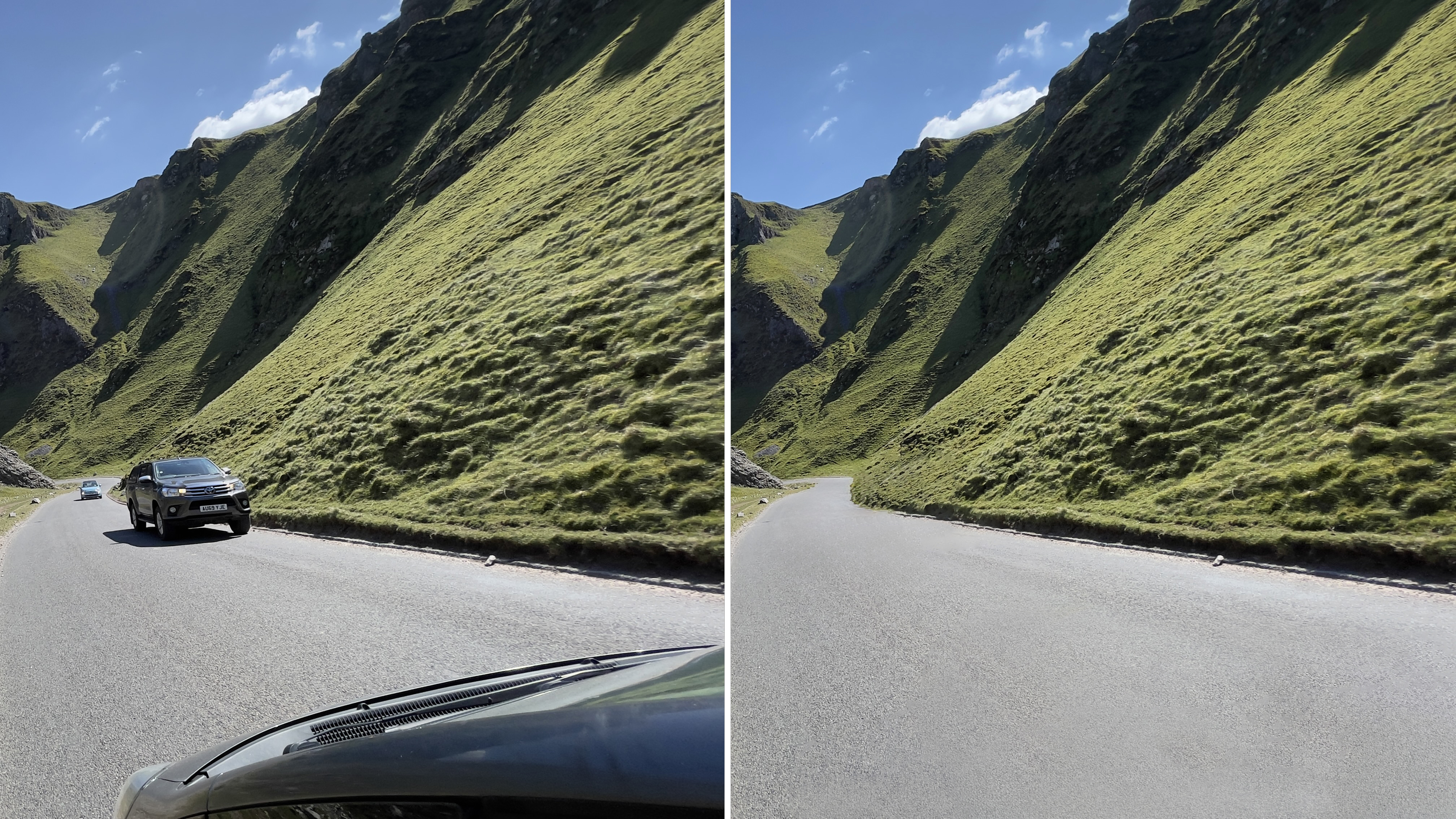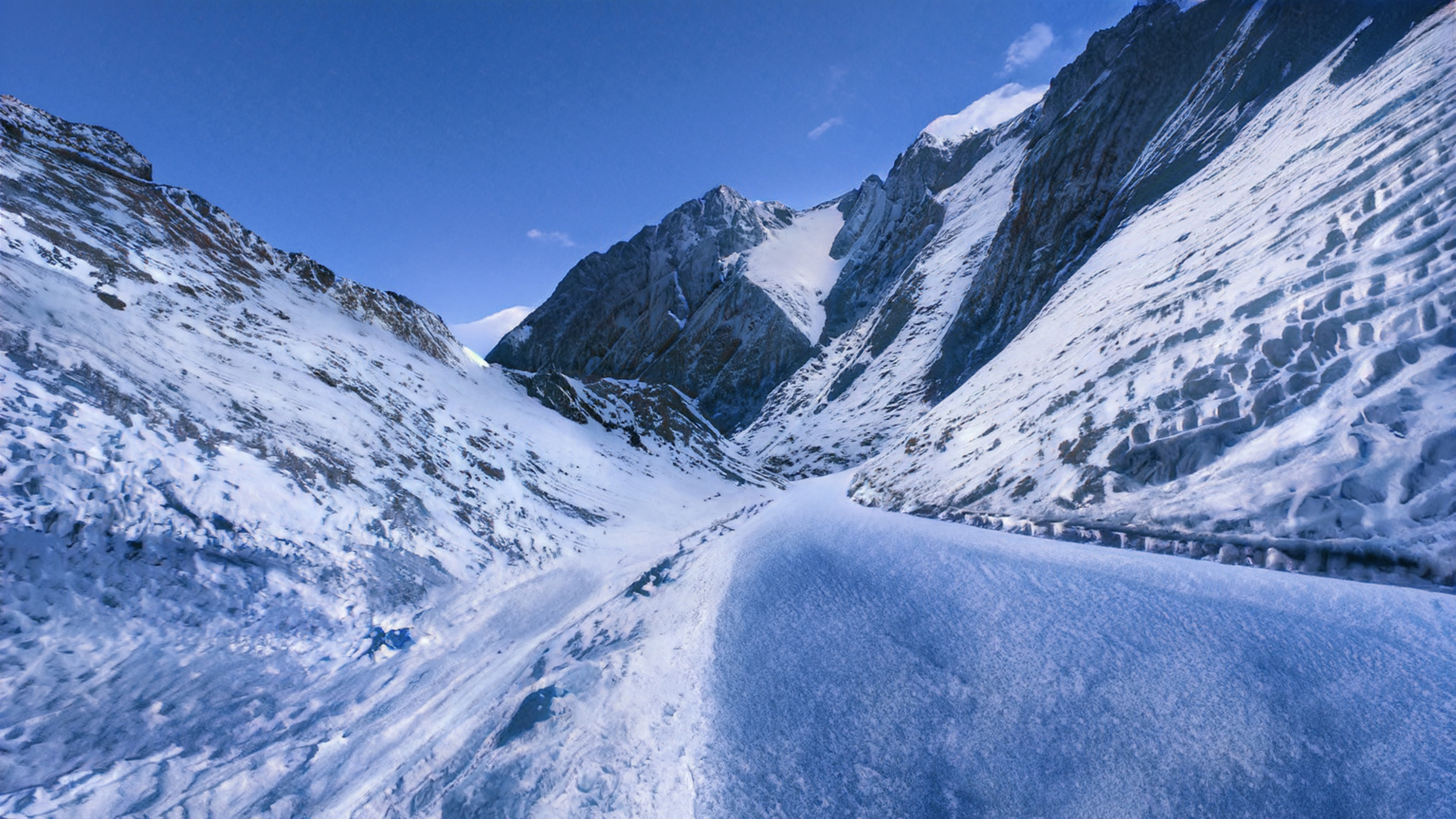
Back in the 1990’s a wise old book cover editor said to me - “No one cares how an image is created, they just respond to the image itself.” I was trying to impress him with my 3D modeling skills but he didn’t care that my work was ‘computer-generated’.
Looking at my Twitter feed today it’s clear that many photographers do care how an image is produced, viewing AI-generated imagery as a threat to their creativity and profession. And I can understand why photographers are grabbing their pitchforks en masse - the idea that apps such as Adobe Firefly can generate images without the use of a camera is astonishing and scary.
Yet let’s rewind a bit and put down our pitchforks. In the last few years, Photoshop CC has been using Adobe Sensei to be ‘aware’ of what’s in the shot. This AI awareness has enabled us to quickly select an object with the Lasso tool and use the Content-Aware Fill command to replace the unwanted pixels with appropriate ones from elsewhere in the image.

The Spot Healing Brush has long used AI to automatically replace ugly power cables with nearby pixels from the sky or adjacent buildings. The latest version of Photoshop boasts a new AI-powered Remove Tool - but it’s just a more clever version of the classic content-aware Spot Healing brush that replaces unwanted objects with a scribble.
We’ve long been able to use the Content-Aware Move tool to draw round a person, drag them to a new location in the frame and then the gap that they’ve left is intelligently filled in with suitable pixels. When we stitched multiple shots together as a panorama we could use the Content-Aware Fill command to replace details missing around the irregular transparent areas at the edge of the frame (which is a simpler version of the AI-powered canvas extension tools that we see today) AI has long been used in Photoshop as a tool designed to speed up our retouching workflow and reduce the time we spend cloning around!

AI can of course take pixel-pushing to the extreme but it doesn’t have too. AI-generated imagery occurs on a spectrum. At one end of the spectrum we see images created purely from text descriptions in apps such as Adobe Firefly. If you want to describe a scene and create it from scratch without providing any photographic elements of your own then you can, but I prefer to use AI to complement my photography, whether that’s extending the edges of a portrait shaped-background to give it a landscape orientation or generating a background environment to enhance a product shot.
Photoshop’s AI-assisted ability to retouch reality is something we’ve taken for granted for years. Thanks to advancements in machine learning Photoshop and other apps can be more creative in their image generation, but AI should still be viewed as a tool for photographers to use. The dog still wags the tail. The tail doesn’t have to wag the dog.
Find out more about the best photo editing software in our guides, you'll also need a powerful computer to edit at your best, find your next machine in our guides for the best photo editing laptop or best desktop computer for photo editing.







